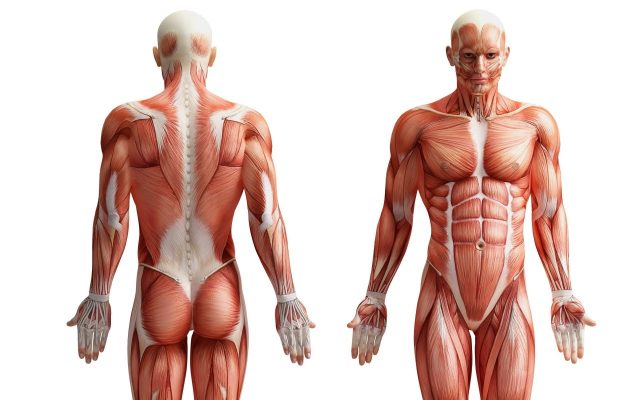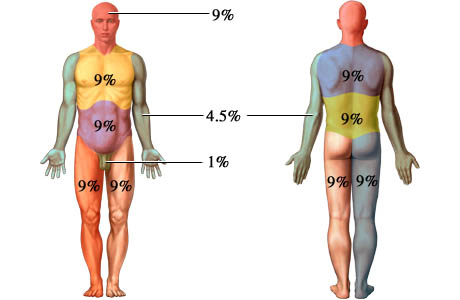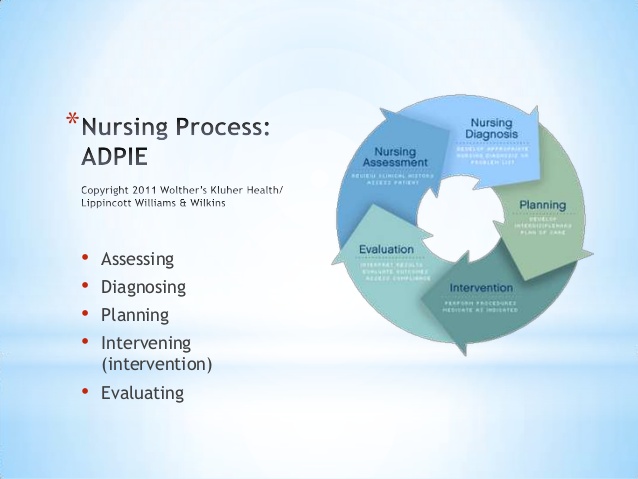Fatigue related to Low Hemoglobin Level
Cues
Subjective:
“I cannot sleep at night.” as verbalized.
Objective:
Frequent yawning
Noisy environment
Need
ACTIVITY-EXERCISE PATTERN
Nursing Diagnosis
Rationale:
Anemia could cause fatigue to the patient since there is insufficient oxygen circulating in the body
Objective of Care
Within 8 hours span of care, patient will be able to make a lifestyle changes to modify fatigue, thus she will be able to:
- Have at least 2 hours of uninterrupted rest
- Absence of yawning
- Verbalize feeling of being rest
Nursing Intervention
- Assess the patient’s nutritional intake of calories, protein, minerals, and vitamins.
R: Fatigue may be a symptom of protein-calorie malnutrition, vitamin deficiencies, or iron deficiencies.
- Evaluate the patient’s sleep patterns for quality, quantity, time taken to fall asleep, and feeling upon awakening.
R: Changes in the person’s sleep pattern may be a contributing factor in the development of fatigue.
- Reassess the patient’s usual level of exercise and physical activity.
R: Both increased physical exertion and limited levels of exercise can contribute to fatigue.
- Help the patient set priorities for desired activities and role responsibilities.
R: Setting priorities is one example of an energy conservation technique that allows the patient to use available energy to accomplish important activities. Achieving desired goals can improve the patient’s mood and sense of emotional well-being.
- Monitor the patient’s nutritional intake for adequate energy sources and metabolic requirements.
R: The patient will need adequate intake of carbohydrates, protein, vitamins, and minerals to provide energy resources
- Minimize environmental stimuli, especially during planned times for rest and sleep.
R: Bright lighting, noise, visitors, frequent distractions, and clutter in the patient’s physical environment can inhibit relaxation, interrupt rest/sleep, and contribute to fatigue.
- Help the patient develop habits to promote effective rest/sleep patterns.
R: Promoting relaxation before sleep and providing for several hours of uninterrupted sleep can contribute to energy restoration.
- Encourage the patient and family to verbalize feelings about the impact of fatigue.
R: Fatigue can have a profound negative influence on family processes and social interaction.
Evaluation
“Goal Partially Met”
After 8 hours span of care, patient was able to make lifestyle changes to modify fatigue, thus, she was:
- Not able to have 2 hours of uninterrupted sleep
- Yawning was not noted anymore
- Verbalize if feeling rested.









